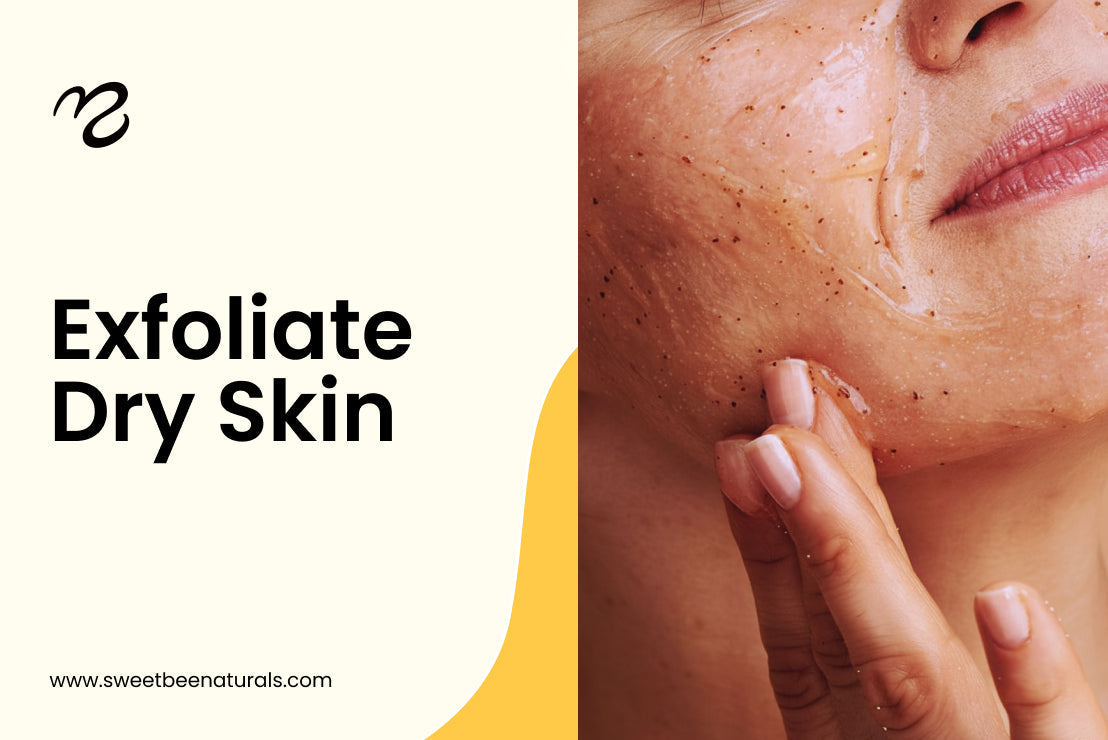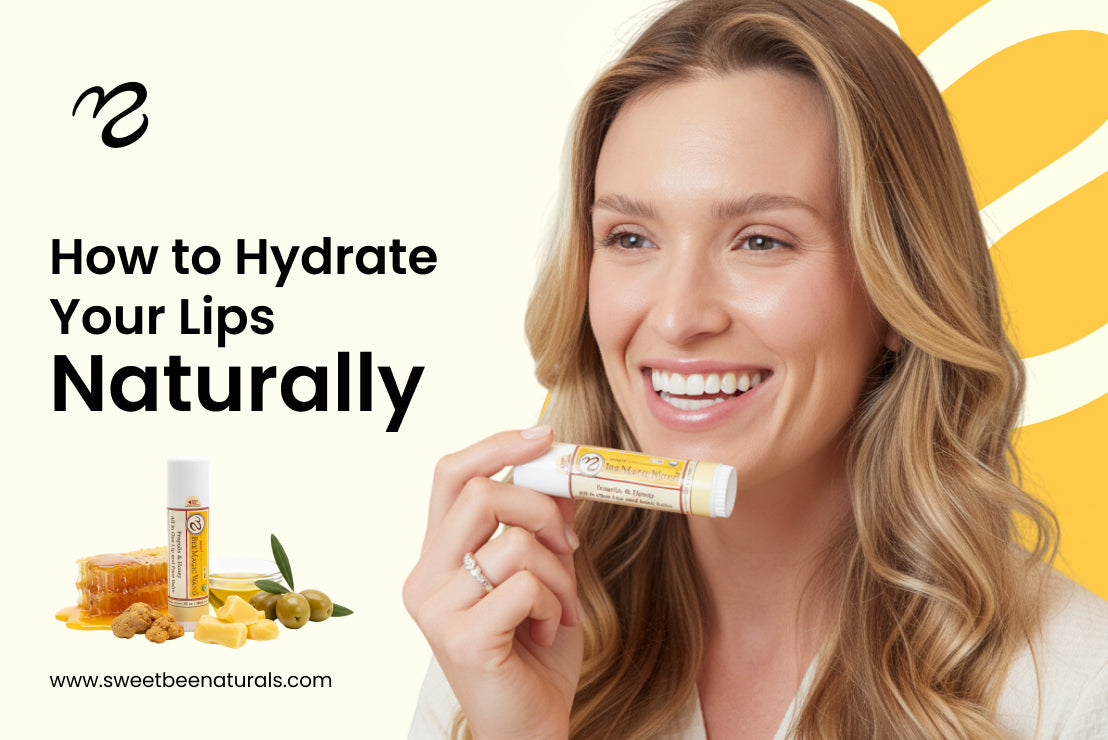If you want to start using natural products in your skincare routine instead of synthetic ones, be careful. Plant and animal oils contain minerals and antioxidants that can be good for your skin. But if you do not use them properly, they might end up causing harm instead of helping.
Two of the most famous natural oils widely used in skincare are olive oil and tallow oil. They have different compositions and uses. But how do you know which is a good choice for your skin?
In this guide, you will explore the properties and uses of both oils. Moreover, you will also get a comparison that will assist you in choosing the right one for your skin.
Quick Comparison Between Tallow Oil and Olive Oil

While both are considered natural, their origins and effects on skin differ greatly. Here is a complete comparison between tallow vs olive oil.
|
Feature |
Tallow Oil |
Organic Olive Oil |
|
Source |
Animal fat (beef or lamb) |
Fruit of the olive tree |
|
Fatty Acids |
Saturated, monounsaturated (CLA) |
Mostly monounsaturated (oleic acid) |
|
Texture |
Heavy, waxy, slow-absorbing |
Lightweight, fast-absorbing |
|
Suitability |
Best for very dry or thick skin |
Safe for all skin types, including sensitive |
|
Ethical Choice |
Not vegan, may raise sourcing concerns |
Plant-based, cruelty-free |
|
Skin Benefits |
Moisturizes deeply, forms barrier |
Moisturizes, calms, supports repair |
|
Certifications |
Rarely USDA Organic |
Available USDA Organic options |
What Is Tallow Oil?

Tallow oil comes from the fat of animals, mostly cows and sheep. People have been using it for cooking for hundreds of years.
Later, when folks noticed how good it is for the skin, it started showing up in skincare products too.
It is a great natural moisturizer that helps lock in moisture and keeps your skin feeling soft and hydrated for longer.
To make tallow oil, they heat up the animal fat until it melts. Then, they strain it to get a clean, smooth oil.
The best tallow usually comes from animals that eat only plants and natural herbs, which makes the oil gentler and better for your skin.
But most companies do not really check where the fat comes from, and the USDA does not officially certify any of this.
Uses of Tallow Oil
Tallow oil is made from animal fats which are similar to human fats. Due to this similarity, they get absorbed into human skin and moisturize it. That’s why tallow oil is used in these products:
- Moisturizers
- Soaps
- Healing salves
- Body butters
- Heavy creams
Additionally, tallow oil creates a thick layer on your skin, which prevents natural moisture from escaping. Some users apply it to eczema patches, cracked heels, or chapped hands.
Although its dense texture makes it less suitable for individuals with acne-prone or oily skin types, it may also clog pores or feel greasy to some individuals.
Composition of Tallow Oil
Tallow oil contains a mix of fatty acids, including both saturated and monounsaturated fats. These components include:
- Stearic acid
- Oleic acid
- Palmitic acid
- Conjugated linoleic acid (CLA)
These fats support your skin's natural barrier, keeping your skin healthy. However, this oil does not have antioxidants and vitamins that are found in plant-based oils.
What Is the Origin of Olive Oil?

Olive oil comes from the fruit of the Olea europaea tree. For thousands of years, it has been a cornerstone of Mediterranean diets and beauty routines.
Ancient Egyptians, Greeks, and Romans used olive oil for various purposes, such as:
- Cleansing
- Moisturizing
- Protecting the skin
Uses of Olive Oil
Organic olive oil is a multi-functional ingredient in modern skincare. You can find it in the following products:
- Facial balms
- Body lotions
- Baby care products
- Medical-grade ointments
Additionally, dermatologists recommend it for sensitive and inflamed skin because of its soothing properties.
Olive oil absorbs quickly without leaving a greasy residue. It helps calm redness and soften rough patches. Additionally, it boosts the skin's moisture barrier.
Composition of Olive Oil
Olive oil is packed with oleic acid, a healthy fat that helps keep your skin soft and smooth. It also contains squalene. Your skin naturally produces this substance to retain moisture.
Additionally, olive oil is rich in antioxidants, including vitamin E, polyphenols, and phytosterols. These antioxidants help protect your skin from environmental damage and can slow down the signs of aging. It functions effectively as a natural anti-inflammatory.
Is Tallow Better than Olive Oil?
It depends on your skin type. If you have dry skin and are looking for a product that keeps it hydrated, tallow oil is the best choice. It moisturizes your skin and locks in your natural moisture. Its thick layer keeps your natural skin oil safe. However, it is not good for acne-prone or sensitive skin.
On the other hand, olive oil has antioxidants that tallow oil does not. That makes it a strong healing agent for skin. Olive oil is a plant-based oil that makes it suitable for a variety of skin types.
If you do not want to apply it directly to your skin and are looking for a skincare product containing olive oil, try Sweet Bee Magic Skin Balm. It features a soothing blend of propolis, honey, and olive oil, suitable for all skin types.
The Bottom Line
Conclusively, we can say different oils have different uses and need attention when using them on your skin. Tallow oil provides moisturizing effects and is suitable for dry skin. It prevents your skin’s natural moisture from evaporating and keeps it hydrated. However, it lacks antioxidants and vitamins that make it suitable for acne-prone skin.
On the other hand, antioxidants and vitamins make olive oil a good choice for all types of skin. It has healing properties and is suitable for acne-prone or other skin problems.
You can choose the best oil on the basis of your skin type and requirements to get the best results.



